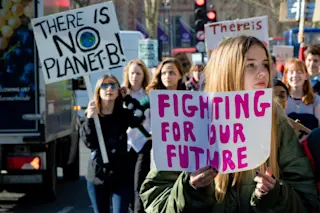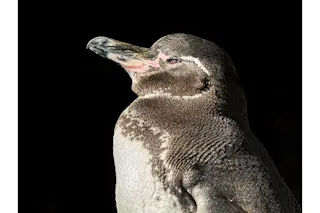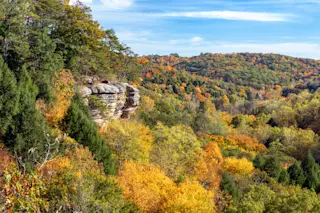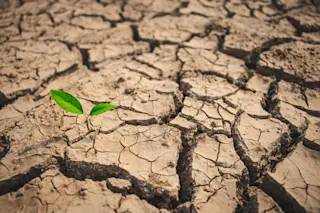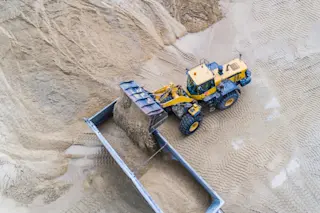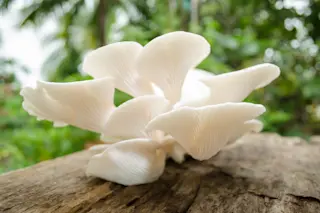Landsat-8 satellite image of the region encompassing the new Bears Ears National Monument in Utah, created under the Antiquities Act by President Barack Obama on Dec. 28, 2016. Speaking of the wild western side of the Bears Ears buttes in Utah, Wallace Stegner wrote in 1969:
To start a trip at Mexican Hat, Utah, is to start off into empty space from the end of the world.
And now, 47 years later, a huge chunk of of this empty space — some 1.35 million acres of it, an area nearly as large as Delaware — has been set aside by President Barack Obama as the new Bears Ears National Monument. I do have to respectfully disagree with Stegner on one point: This land is not at all empty space. In addition to some of the most spectacular geological features on Earth, it is filled with stunning rock art, ancient cliff ...




